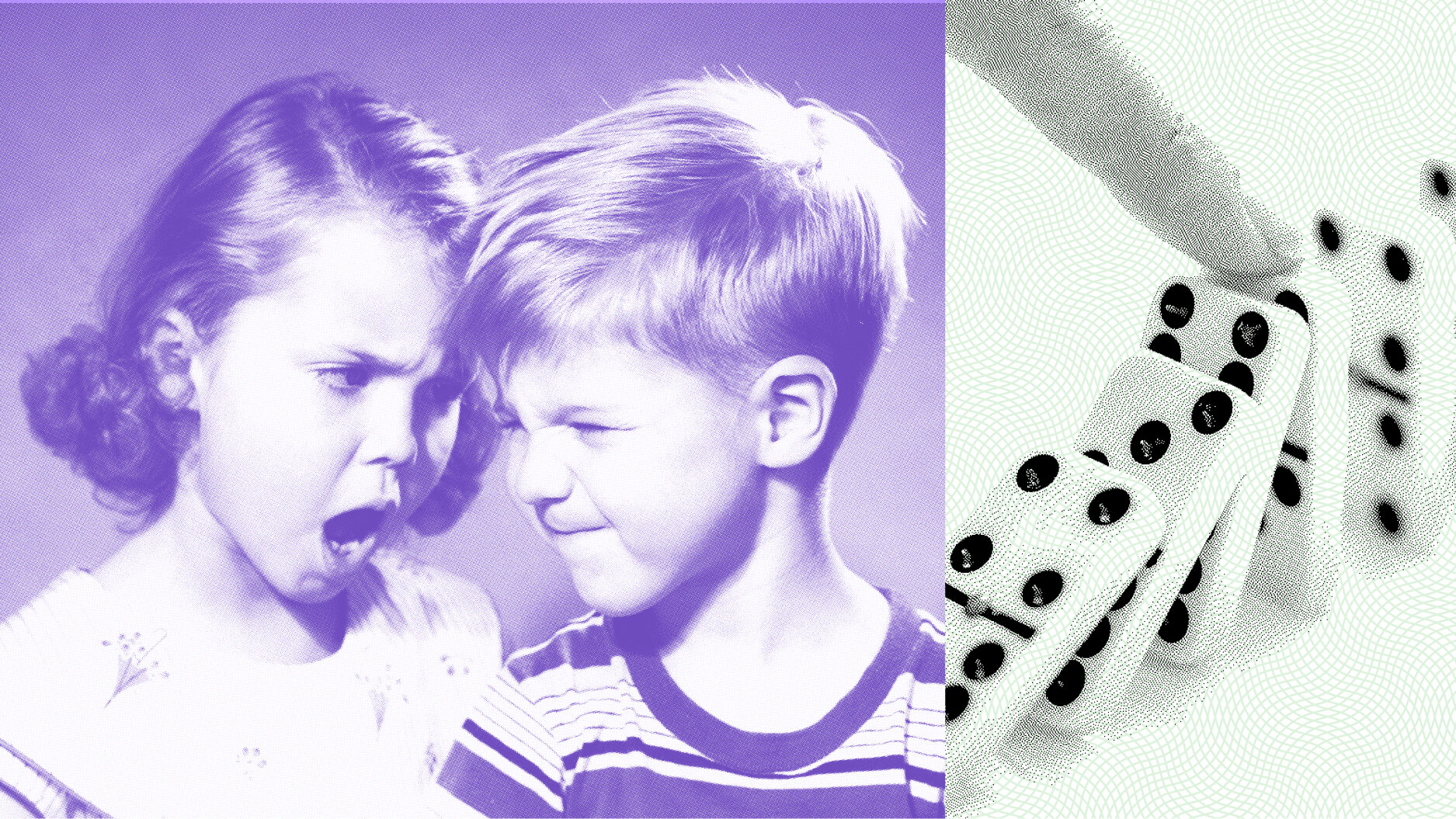Dr. Q recalls the day that changed his life forever and how it sent him on the path toward a life studying the mysteries of the brain
Topic: April 14, 1989.
Alfredo Quinones-Hinojosa: The question comes up, what makes us who we are, and many times is there a particular experience that can make you be who you are, that can define your future? I had many of these experiences, but one particular that stands out in my mind is April 14, 1989, where I was working as a migrant- actually as a welder and as a painter in a railroad company.
This is after I had left the fields and now this time I was a legal, or a documented worker, and I was learning English at night and I was working on the railroad, and I'm doing all these things; multitasking, as I always have. And one day as I am working on the top of this 35,000 gallon liquefied petroleum tank, I see myself at the bottom of this tank; within a matter of seconds, just like a lightening bolt, just went down, lost control and I see myself at the bottom. My life unfolded in front of my eyes, and I see the light at the end of the tunnel on top.
And somehow my coworkers were able to get me out of there. And when I woke up I see myself in this hospital bed, surrounded by my father, my brother-in-law and a physician all dressed in white. And this is probably one of the most powerful experiences I have in my own personal interactions with physicians, that sort of defined my future. It gave me the strength and it gave me the vision, continued to give me the vision, for me to one day become who I am today, a combination, a rare breed between being a physician and a scientist, all in the same field.
Question: How did you decide to study the human brain?
Alfredo Quinones-Hinojosa: How do you decide that the sun is going to come out one day? How do you decide that at night you're going to see the stars? Many times we don't make those kind of decisions. I think destiny brings us together, destiny and faith brings a field to a human being, and that's I think that's what happened to me. What happened to me is that I went on to medical school, and as I'm trying to find my way around-- sometimes I wonder if instead neurosurgery and science found me and then we actually developed that kind of relationship.
Sure, I think about the people who had an influence on my life, my mentors. Some of them were neuroscientists, some of them were brain surgeons. And I look back and undoubtedly their passion for what they did, their mentorship and admiration for others, their mentorship for me, that dedication, that determination, that resilience that they demonstrated throughout their training is something that I could relate to. And suddenly I see myself immersed in this field, which is now a combination of neurosurgery and brain tumor stem cell research.
Question: Do you remember the first time you saw the human brain in surgery?
Alfredo Quinones-Hinojosa: Absolutely. Do I remember the first time that I saw that beautiful organ, which is the brain, pulsating? As I walk into the operating room-- I remember just walking in with Dr. Peter Black at the Brigham and Women's. He was doing an awake craniotomy and I see this beautiful organ, and I was mesmerized, I was just captivated. I couldn't believe it that that organ was pulsating, was moving up and down with such a beautiful rhythm.
It was in beautiful colors, and it would just allow me to imagine what the unexplored frontier was like. This organ that makes us be who we are, allow us to interact everyday. The perfect machine, the perfect computer, the perfect design, was right in front of my eyes, and people were given the privilege and the honor of touching it, every day. And I just fell in love with this and I just couldn't believe that one day I was going to be doing exactly the same thing.
Question: Does the responsibility of your work ever intimidate you?
Alfredo Quinones-Hinojosa: It is intimidating every day to think that I'm doing this work, I tell you. As I go between the operating room and the laboratory I am filled with fears. But I always tell my students, it's not fear that matters, it's how we respond to that fear. And the way that I respond to that fear is with that incredible amount of adrenaline, that incredible amount of concentration that comes in the operating room, that comes outside of the operating room as I design experiments; all those actions that one can take to bring all those fears together, and they explode, and they allow us to do what we do every day.
So it's okay to be afraid. I mean, as a matter of fact you want to be afraid because if you're not afraid then you are dangerous to your patients. You have to be conservative and you have to be aggressive when you need to be aggressive. You have to design your experiments. You have to think about the people who allow you to bring that tissue from the operating room into the laboratory, and you have to be respectful, not only of the brain, but of the privilege and the responsibility that you have been given.
Recorded on: July 2, 2008





